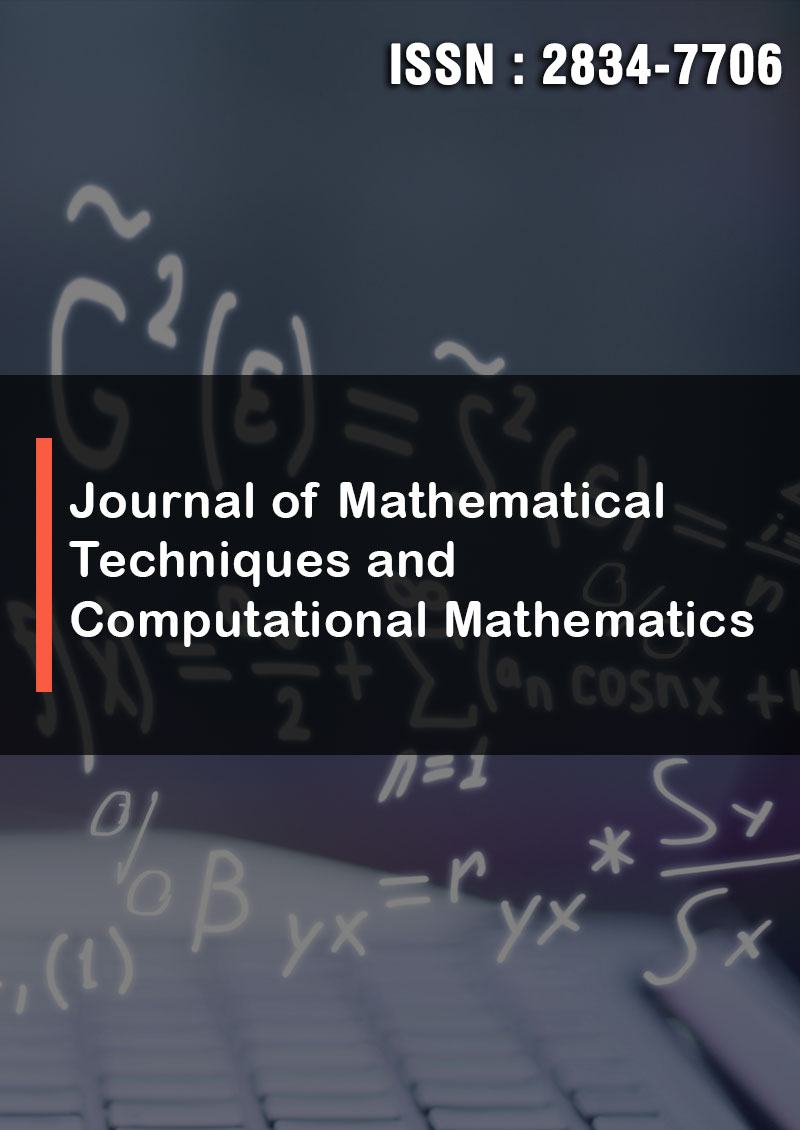Autonomic IoT Application Placement in Edge/Fog Computing
Abstract
Paridhika Kaya
Edge/Fog computing recently emerged as a novel distributed virtualized computing paradigm, where cloud services are extended to the edge of the network, thereby increasing network capacity and reducing latencies. In fog computing, applications are composed of microservices that are mapped to edge computing and communication devices (fog nodes). A crucial component in fog computing is placement algorithms that assign microservices to fog nodes since they determine the overall system performance in terms of energy consumption, communication costs, load balancing, and others. Placement strategies devised for cloud computing are generally centralized and, therefore, not well suited for decentralized fog systems. In this paper, we consider the joint optimization of two conflicting objectives, energy consumption at fog nodes and communication costs of applications, as a game between fog nodes and applications where each agent is modeled to control one objective. We follow a Markov approximation method for the design of a fully distributed autonomic service placement strategy without central coordination or global state information. Evaluation results show that the new approach provides a more optimal solution as compared to previous autonomic placement algorithms.



